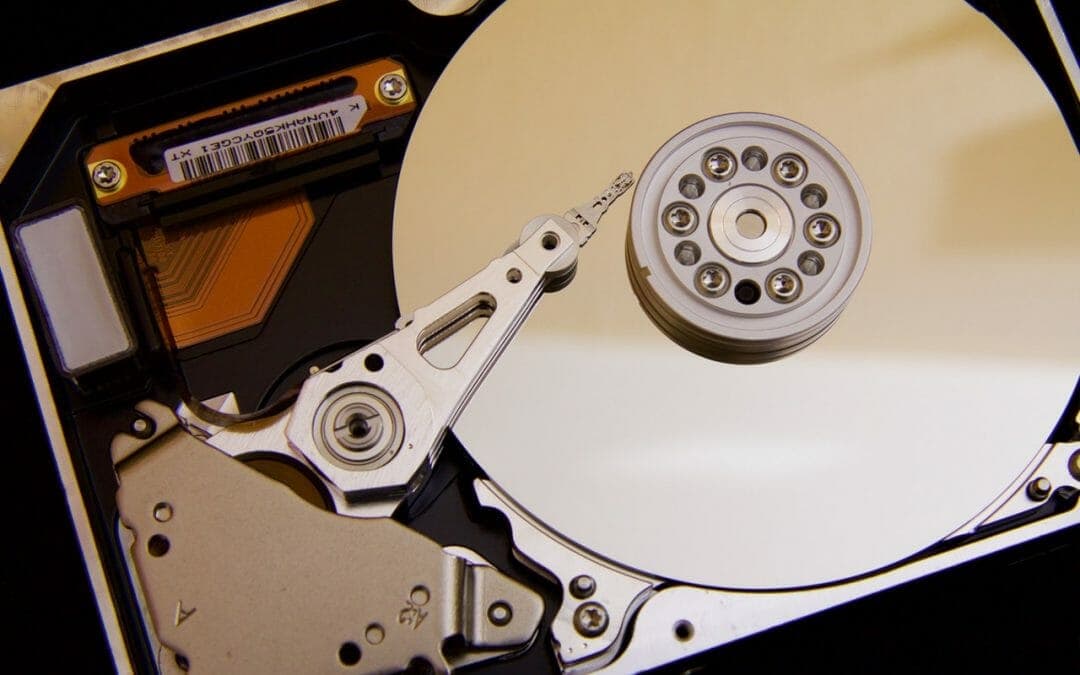Solid State drives and why they are the biggest upgrade for your pc or laptop.
Are you the sort of user who finding simple things like starting your pc or laptop seemly tend to take too long? How about having outlook, internet explorer, excel or word and many other applications opening at that first boot in the morning?
You might as well go make a hot cup of coffee cause of the long wait. Most people tend to think when this happens it’s time to ask advice from that friend who’s in the IT Industry. Just upgrade the memory some tell you or just buy a new computer.
The fact is if your machine is from mid-2006 onwards it’s still cheaper to buy a new SSD drive and gain the performance like a new machine from this 1 simple upgrade.
We had a high usage client in the office recently. This user had high outlook usage which included large outlook files and multiple accounts loading. Before the upgrade it took from seeing the windows 7 boot logo to windows desktop and all start up applications being loaded and ready to use over 3 minutes. We replaced his normal spinning hard drive with a solid state drive.
Imaged his old drive to the new drive and started it for the first time. It took only 45 seconds to desktop. Just using the laptop became snappy the response was immediate. The laptop now seemed like a new machine. This is one example of the difference it makes in the real world.
SSD’s cost is per gigabyte is the only pit fall. An example currently you can buy a 500 GB HDD for only $80-$100. For a 256GB SSD it would cost you around $300 dollars. Now if you have a desktop adding a SSD in the pc and running 2nd HDD for storage in ideal you get the best of both worlds. However if you’re running a laptop you normally want to match GB for GB unless you have an external USB drive. If you’re a business user or home user you will notice upgrading from HDD to SSD more than any other upgrade you can do to your system. This makes for a snappy, faster experience.
Pros: Speed, Durability, Noise, No Fragmentation.
Cons: Cost per GB, Harder to recovery data in case of faulty drive.

